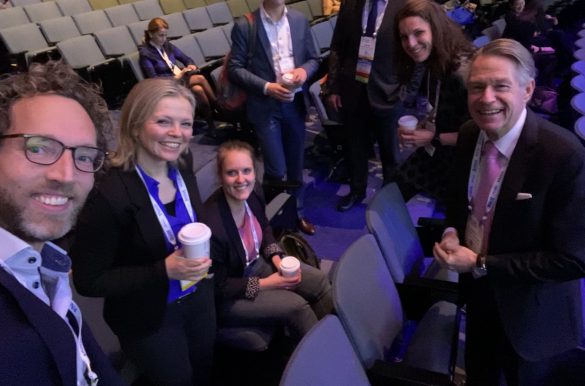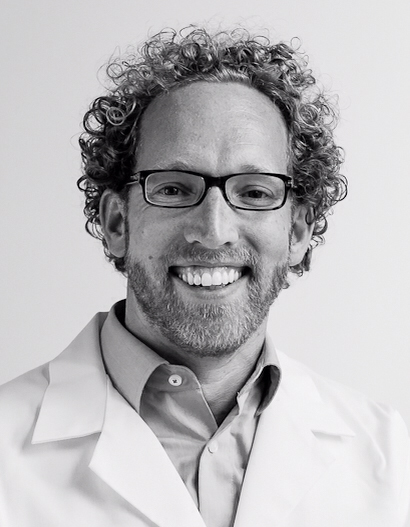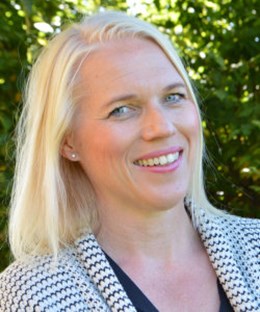Do you think any national screening programs will incorporate MRI screening for breast cancer soon?
Perhaps, but costs are also important of course. The countries most likely to adopt MRI screening are the Netherlands, the US, Sweden and Norway, but there are other factors besides costs that will come into play. We have provided data on the efficacy, and now it is up to society to decide whether it is practically possible to incorporate MRI into the programs.
What are the challenges involved in using MRI in screening?
A key issue is to make MRI screening cheap enough, and we need to reduce the number of false positives. The issue of access to equipment and radiologists must also be solved. As with the conventional screening programs, training and certification need to be set up.
Another key question to answer with respect to the cost issue is whether it would be possible to use an abbreviated protocol to handle more women per hour. In traditional mammography, we handle ten women per hour and with the full MRI protocol we can only do two, which doesn’t scale.
What other studies do you believe are needed to solve these challenges?
A cost-effectiveness analysis is currently being performed. And we are looking into whether AI might be a helpful technique for filtering out false positives to help make MRI screening affordable.

Dr. Wouter Veldhuis and team behind the DENSE study when presenting the key findings at RSNA 2019 in Chicago, USA.
From another angle
The study has received considerable attention around the world. To gain another perspective, we looked at the views of another world-leading researcher in breast cancer, Sophia Zackrisson, MD, PhD, at Skåne University Hospital in Lund, Sweden.
In an article[4], she describes her enthusiasm about the results, but she is also concerned about the number of false positive findings. It is important to wait for the final results of the second round of the DENSE trial because the number of false positives is expected to be significantly lower.





